Description
Components of Industrial Ro System
Industrial Reverse Osmosis (RO) System is a water treatment method used in various industries for purifying water. It is a process that removes impurities from water by using a semi-permeable membrane. The components of an Industrial RO system work together to provide high-quality, pure water for various industrial applications. In this article, we will explore the various components of an Industrial RO System and their functions.
What is an Industrial RO System?
An Industrial RO System is a water filtration system that uses the process of reverse osmosis to remove impurities from water. This system consists of various components that work together to provide purified water. Industrial RO systems are used in industries such as pharmaceutical, food and beverage, power generation, and many others.
Components of an Industrial RO System
The following are the components of an Industrial RO system:
1. Pre-treatment System
The pre-treatment system is the first component of an Industrial RO system. It is responsible for removing large particles such as sand, silt, and sediment from the water. The pre-treatment system ensures that the water is clean and free of any impurities that could damage the RO membrane.
2. High-Pressure Pump
The High-Pressure Pump is responsible for pushing the water through the RO membrane. It creates pressure that forces the water through the membrane, leaving behind impurities. The pump increases the water pressure to a level that exceeds the osmotic pressure, which is the pressure required to stop the flow of water.
3. RO Membrane
The RO Membrane is a semi-permeable membrane that allows water to pass through it while rejecting impurities. The membrane is made up of multiple layers of thin film that has tiny pores. The size of the pores determines what particles can pass through the membrane and what particles are rejected.
4. Pressure Vessel
The Pressure Vessel holds the RO Membrane in place. It ensures that the water is in constant contact with the membrane, which helps to maximize the efficiency of the system.
5. Control Panel
The Control Panel is the brain of the Industrial RO System. It controls and monitors the various components of the system. The Control Panel is responsible for regulating the flow of water, pressure, and other parameters to ensure that the system is operating efficiently.
6. Flow Meter
The Flow Meter measures the flow rate of water through the system. It provides information about the amount of water that is being processed and helps to monitor the efficiency of the system.
7. Pressure Gauge
The Pressure Gauge measures the pressure of water before and after it passes through the RO membrane. It provides information about the pressure drop across the membrane and helps to monitor the efficiency of the system.
8. Permeate Pump
The Permeate Pump is responsible for increasing the pressure of the purified water. It ensures that the purified water flows to the desired location and maintains a constant flow rate.
9. Permeate Tank
The Permeate Tank stores the purified water before it is used. It provides a constant supply of purified water to the system.
10. Concentrate Tank
The Concentrate Tank stores the wastewater that is generated during the RO process. It ensures that the wastewater is collected and disposed of properly.
Conclusion
Industrial RO systems are an essential part of many industries that require high-quality, purified water. The components of an Industrial RO system work together to provide pure water that meets the required specifications. By understanding the various components of an Industrial RO system, you can ensure that your system operates efficiently and provides high-quality purified water.
FAQs
- What is the difference between an Industrial RO system and a residential RO system?
The main difference between an Industrial RO system and a residential RO system is the capacity and flow rate. Industrial RO systems are designed to handle a much higher flow rate and have a larger capacity than residential RO systems.
- Can an Industrial RO system remove all impurities from water?
An Industrial RO system can remove most impurities from water, but not all. It depends on the size of the pores of the RO membrane. Some impurities, such as viruses and bacteria, are too small to be removed by an RO membrane and require additional treatment.
- How often should an Industrial RO system be serviced?
An Industrial RO system should be serviced regularly to ensure that it is operating efficiently. The frequency of service depends on the usage and quality of the feed water. Typically, an Industrial RO system should be serviced every 3-6 months.
- Can an Industrial RO system be customized to meet specific requirements?
Yes, an Industrial RO system can be customized to meet specific requirements. The system can be designed to handle different flow rates, feed water quality, and other parameters based on the specific needs of the industry.
- How can I ensure that my Industrial RO system is operating efficiently?
To ensure that your Industrial RO system is operating efficiently, it is important to perform regular maintenance and monitoring. This includes checking the pressure, flow rate, and water quality, as well as replacing the RO membrane and other components as needed.

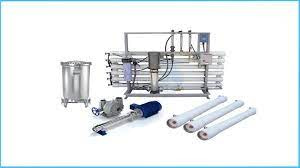


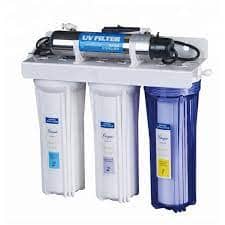
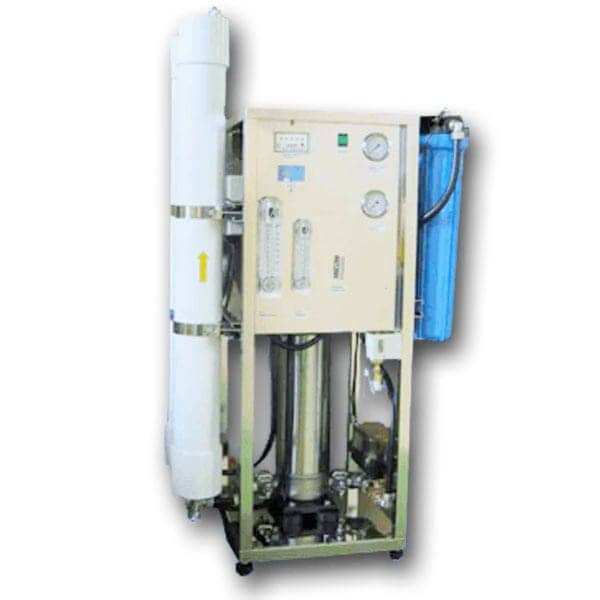
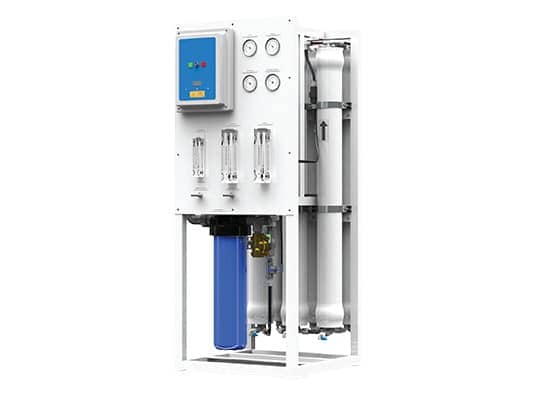
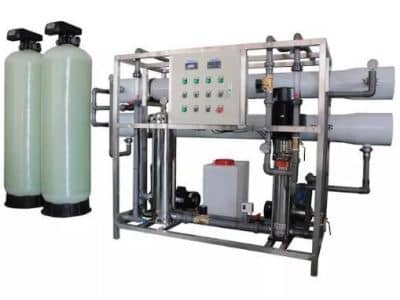
Aqua Filter –
I had a great experience with Aquaafilter.com. Their team was very friendly and knowledgeable, and they provided excellent recommendations for a water filter system that works perfectly for my home. Highly recommend!